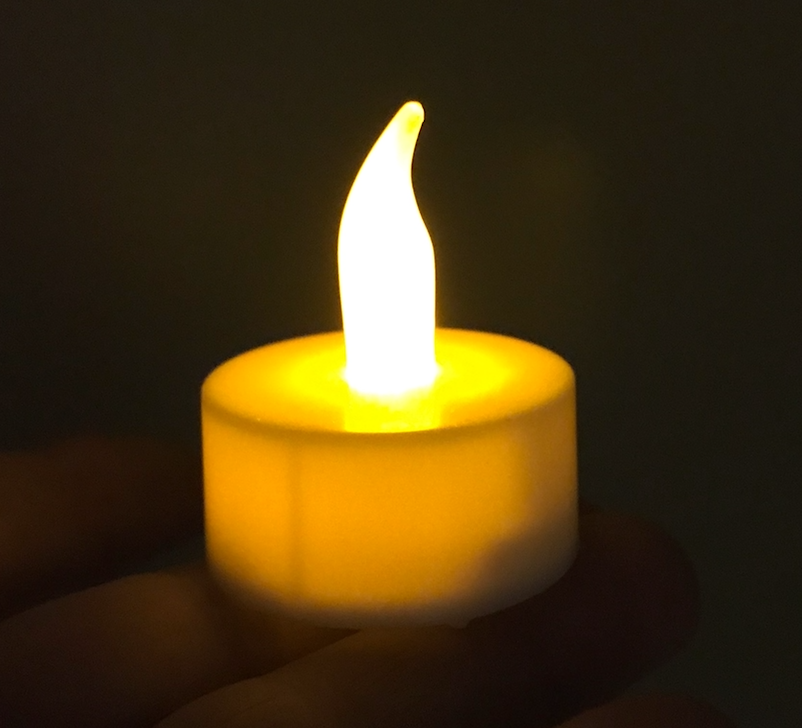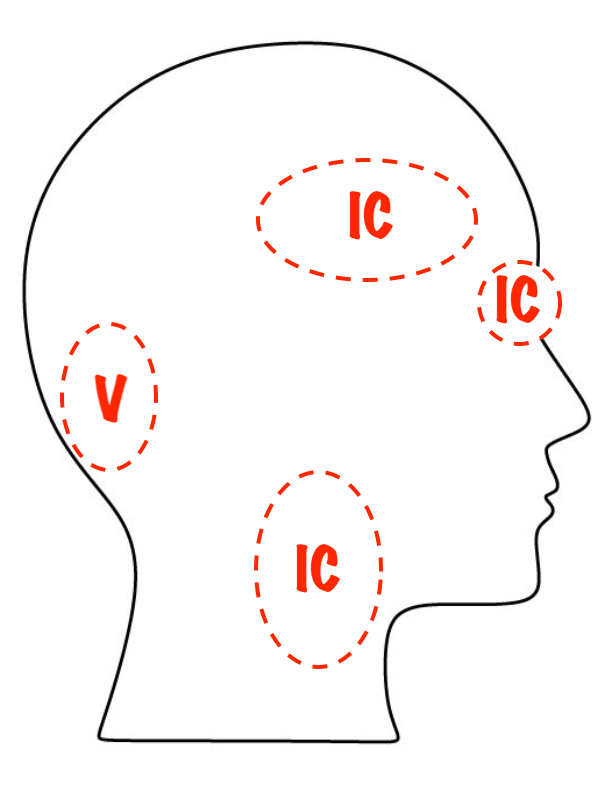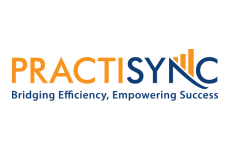
Stroke: New Evidence and Our Responsibility

On March 19, 2019, Annals of Medicine hit the chiropractic profession with new research that will change the perception of chiropractic care. Here’s what they said:
“Manual therapy does not result in an increased risk of Cervical Arterial Dissection.”
Annals of Medicine’s “comprehensive review” of existing literature concluded that cervical spine mobilization and manipulation are not causative factors for dissection of the internal carotid or vertebral arteries. (1) The study went on to make several more important points that evidence-based chiropractors will want to apply in clinical practice to ensure our patients’ well-being.
The Data Sources
“The World Health Organization regards manual mobilization and/or spinal manipulative treatment conducted by chiropractors to be a safe and effective treatment with few, mild, transient adverse events. Several extensive cohort studies and meta-analyses have found no excess risk of CAD (cervical arterial dissection) resulting in secondary ischemic stroke for chiropractic SMT compared to primary care follow-up “(1)
The Annals paper relied on several key sources to establish this conclusion.
- The largest VBA medical study to date (2), encompassing 100 million-person years, found that strokes occur at a similar increased rate, regardless of whether the patient sees a chiropractor for manipulation or their PCP for consultation. The authors found: “no evidence of excess risk of VBA stroke associated chiropractic care compared to primary care.“ This landmark paper discovered that patients in the developing stage of a stroke are more likely to visit a chiropractor or PCP for complaints of headache and neck pain. The study suggested that the chiropractic or PCP treatment was not the cause of the stroke, but rather a non-contributory mid-point of an undetected developing crisis.
- A VBA study by Kosloff, et al. (3) extracted three years of commercial insurance and Medicare advantage plan data for approximately 39 million insured patients, representing approximately 5% of the total US population. The study analyzed a potential correlation between chiropractic visits, PCP visits, and stroke. The study found: “No significant association between VBA stroke and chiropractic visits. We conclude that manipulation is an unlikely cause of VBA stroke.” The study did, however, find “a significant association between PCP visits and VBA stroke. The positive association between PCP visits and VBA stroke is most likely due to patient decisions to seek care for the symptoms (headache and neck pain) of arterial dissection.”
- Finally, another study by Cassidy examined 15,523 cases of carotid artery dissection and found: “No excess risk of stroke after chiropractic care.”
These three studies helped establish the conclusion that spinal manipulation may not increase the risk of stroke; rather, impending stroke patients have a higher likelihood to seek care from a variety of providers, including chiropractors.
Additional Observations
The new Annals paper noted an interesting fact about manipulation-induced vascular strain:
“Invasive studies have further disproven any misconception as to whether vertebral artery (VA) strains during head movements, including SMT, exceed failure strains. No changes in blood flow or velocity in the VA of healthy young male adults were found in various head positions and during a cervical SMT” (1)
Not Everyone Has Heard This News
Unfortunately, not all physicians and media outlets have recognized these facts, and some continue to spread sensationalized anecdotal stories that dissuade patients from receiving safe and effective treatment.
“The assumption that the cervical manual-therapy intervention triggers CAD in rare cases has been dominated by single-case reports and retrospective case series or surveys from neurologists who naturally lack substantial methodological quality to establish definitive causality. These neurological case reports have probably contributed to an over-reporting of serious and catastrophic adverse events.” (1)
Not Time to Drop Our Guard: Identifying Risk Factors

As esteemed chiropractic researcher, author, and educator, Stephen Perle, noted during his 2018 ACA keynote McAndrews Leadership Lecture: “We can choose to apply research like a drunk uses a light post for support – only when it’s convenient– or we can choose to let that information illuminate the way to a brighter path.” (grossly paraphrased- sorry, Stephen). The Annals paper provides a template for our future focus:
“An intervention with a proven effect for a range of musculoskeletal disorders cannot be without risk. However, instead of proving a nearly impossible causality hypothesis that today is based on insufficient and poorly descriptive case studies, focus should be directed to the early detection and exclusion of CAD, and questions should be raised on how to minimize the risk.” (1)
As responsible chiropractors, we must not allow the Annals paper to lull us into a false sense of security. We should not dismiss the risk of stroke or any other reasonable threat. We must continue to carefully assess each patient’s history, adequately screen for vascular pathology before treatment, recognize & refer patients who require medical consultation, and choose alternatives to cervical manipulation for higher-risk patients.
Concerning Presentations
“Headache and/or neck pain are the most common initial symptoms of CAD.”
Our patients often present with mechanical symptoms that could be arising from more sinister causes. Manual therapists should be especially vigilant for concerning presentations as identified by Annals and prior ChiroUp literature summaries:
- Neck pain– sudden, sharp, severe, steady, throbbing unchanged by mechanical maneuvers or analgesics
- Headache– new, different, sudden onset, unilateral, resembling migraine or cluster
- Vertigo– ‘‘spinning’’ or continuous
Location
“The location of pain symptoms from an internal carotid CAD can vary, but neck pain commonly involves the periorbital, frontal, or upper anterior cervical region and is unilateral and ipsilateral to the affected cervical artery. In VAD (vertebral artery dissection), the pain progresses around its known location, which is often occipital and medially along the nuchal line.” (1)
Risk Factors

“As there are known important risk factors for CAD that have been shown to increase the incidence rate, clinicians and, especially, manual therapists should specifically be aware of the importance of history taking.” (1)
The Annals paper identified several risk factors:
- Recent acute infection, i.e., mainly respiratory
- Hyperhomocysteinemia, i.e., B-6, 9 and 12 vitamin deficiency
- Low body mass index
- Low cholesterol
- Smoking
- Pulsating tinnitus
- Medical history of arterial anomalies, i.e., Fibromuscular dysplasia
- Connective tissue disorders, i.e., Ehler-Danlos syndrome type IV; Marfan’s syndrome;
- Osteogenesis Imperfecta; Loeys-Dietz syndrome
- Familiar history of cervical artery dissection
Worrisome Symptoms
“History taking, especially regarding the time of symptom onset, is the single most important factor for detecting subtle symptoms of CAD.” (1)
- Recent head, neck or thoracic trauma
- New ipsilateral periorbital, frontal, sub-occipital, or upper-neck pain
- Distinct, new and continued headache
- Partial Horner’s syndrome
- Retinal and/or cerebral ischemic symptoms*
- Brainstem ischemic symptoms*
- Cerebellar ischemic symptoms
* Ischemic signs and symptoms could include: weakness, numbness, speech deficit, visual disturbance, vertigo, difficulty walking/ falls, difficulty swallowing, nausea, confusion or anxiety, or nystagmus (vertical).
Clinical Indicators
“Thus, with common symptoms such as neck pain, stiffness, and/or tenderness, without a change in response to mechanical provocation maneuvers, the clinician should be alerted to a possible red flag.” (1)
Examination red flags:
- Cranial nerve palsy IX, X, XI, XII (swallow, talk, shrug, stick out tongue)
- Hypertension (>140/90)
- Neck swelling
- Midline tenderness suggestive for a fracture
- Cervical radiculopathy (C5-C6)
*The presence of two or more distinct symptoms or two or more distinct signs may warrant emergent medical referral.
Improving the Safety of Treatment
“Although the chiropractic profession evolved in the early nineteen hundreds as an art, philosophy, and science, neck manipulation should not resemble a martial art. Thus, when cervical manipulation techniques are being conducted, one must be specific when manipulating a single spinal segment, minimizing the end range in cervical techniques, especially rotational techniques, and minimizing force, all of which have been recommended to reduce the risk of serious AEs” (1)
Annals recommended the following strategies to improve the safety of manual therapy:
- Minimize end-range when conducting cervical manual-therapy, especially rotational techniques;
- Be specific and minimize force and amplitude when manipulating a single spinal segment;
- Appraise pre-manipulative cervical provocation test prior to manual intervention.
Applying this Information to Practice
It’s our job as evidence-based providers to take this information and put it into action. And the good news is that the ICS is pleased to share this infographic to educate patients on the facts about SMT and stroke.
https://ilchiro.org/the-safety-of-neck-manipulation/
As responsible chiropractors, we certainly do not dismiss the risk of stroke or any other reasonable threat. We must continue to carefully assess each patient’s history, perform thorough exams prior to treatment, recognize and refer patients who require medical consultation and choose alternatives to cervical manipulation for higher-risk patients. By remaining clinically vigilant, we will continue to provide patients with safe, effective treatment options.
References
- Chaibi A et al. A risk-benefit assessment strategy to exclude cervical artery dissection in spinal manual-therapy: A comprehensive review. Ann Med. 2019 Mar 19:1-27.
- Cassidy JD et al. Risk of vertebrobasilar stroke and chiropractic care: results of a population-based case-control and case-crossover study. Spine 2008 Feb 15;33(4 Suppl):S176-83 http://www.vtchiro.org/Resources/Documents/Chiro%20Stroke%20Cassidy.pdf
- Kosloff TM, Elto D, Tao J, Bannister WM. Chiropractic care and the risk of vertebrobasilar stroke: results of a case-control study in U.S. commercial and Medicare Advantage populations. Chiropractic & Manual Therapies (2015) 23:19
- Cassidy, J. David et al. Risk of Carotid Stroke after Chiropractic Care: A Population-Based Case-Crossover Study. Journal of Stroke and Cerebrovascular Diseases, Volume 26, Issue 4, 842 – 850

















